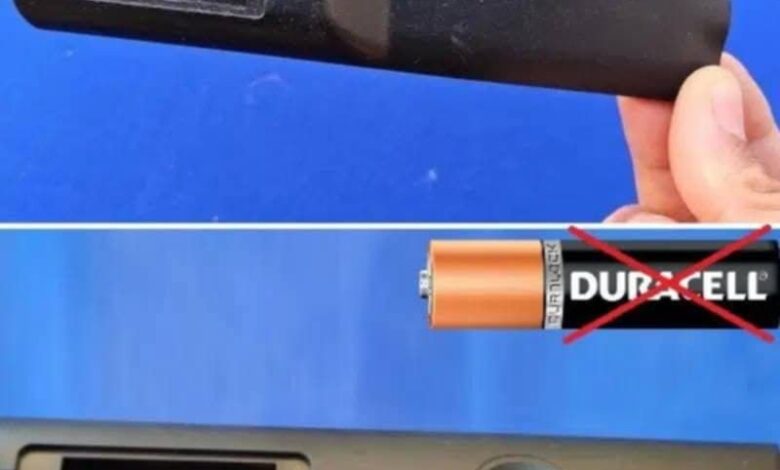How to Create Rechargeable Home Devices: A Cost-Effective DIY Electronics Project

Are you frustrated with constantly purchasing disposable batteries for your household electronics? Many homeowners experience this common inconvenience—until discovering this innovative DIY electronics modification that transforms standard battery-operated devices into rechargeable ones. This budget-friendly project offers both economic and environmental benefits while providing the satisfaction of personal craftsmanship.
The Hidden Cost of Disposable Batteries
We’ve all experienced the moment: settling in for an evening of entertainment only to discover your remote control has stopped functioning. Between television remotes, wireless peripherals, climate control devices, and children’s electronic toys, disposable batteries seem to deplete rapidly—creating an ongoing expense that accumulates significantly over time.
The practical solution? Convert your frequently-used electronic devices to rechargeable power sources.
Materials for Your Sustainable Electronics Project
To complete this home electronics modification, you’ll need several affordable components:
- A high-quality lithium rechargeable battery (specifically a 3.7V 14500 lithium cell)
- A USB charging circuit board (such as the TP4056 lithium battery charging module)
- A standard protection diode (1N4007 or equivalent)
- Basic electronics tools
- Some dedicated time for assembly
Step-by-Step Implementation Process
The modification process involves carefully connecting the rechargeable battery to replace the original power source, installing the charging module in an accessible location on the device housing, and adding necessary protection components to ensure safe operation.
When properly assembled, your previously disposable-battery-dependent devices will feature convenient USB charging capability—eliminating the need for continuous battery replacements.
Advanced Customization Options
For tech enthusiasts interested in expanding functionality, consider incorporating Bluetooth connectivity using an ESP32 microcontroller and reprogramming the device for enhanced features and wireless control options.
Environmental and Economic Benefits
This modification delivers multiple advantages beyond convenience:
- Reduced environmental impact: Significantly fewer disposable batteries entering landfills
- Long-term cost savings: Elimination of recurring battery purchases
- Enhanced reliability: Your devices remain powered when you need them most
- Reduced consumption: Lower overall household waste production
- Technical skill development: Valuable experience with practical electronics projects
Practical Applications Throughout Your Home
This rechargeable conversion technique works effectively for numerous household items:
- Television and media player remote controls
- Wireless computer peripherals
- Smart home device controllers
- Battery-operated decorative lighting
- Portable electronic devices
- Educational electronics and toys
By implementing this sustainable electronics solution across multiple devices, homeowners can achieve meaningful reduction in battery waste while enjoying the convenience of always-ready electronic accessories.
Safety Considerations
When undertaking this modification project, be sure to follow proper safety protocols when working with electronic components. Choose high-quality lithium cells with built-in protection circuits, ensure proper polarity during installation, and verify that charging components are rated appropriately for your specific application.
This practical home electronics project represents a perfect blend of sustainability, cost-effectiveness, and DIY satisfaction. Not only will you enjoy the convenience of rechargeable devices, but you’ll also contribute to reducing environmental waste while developing valuable technical skills along the way.